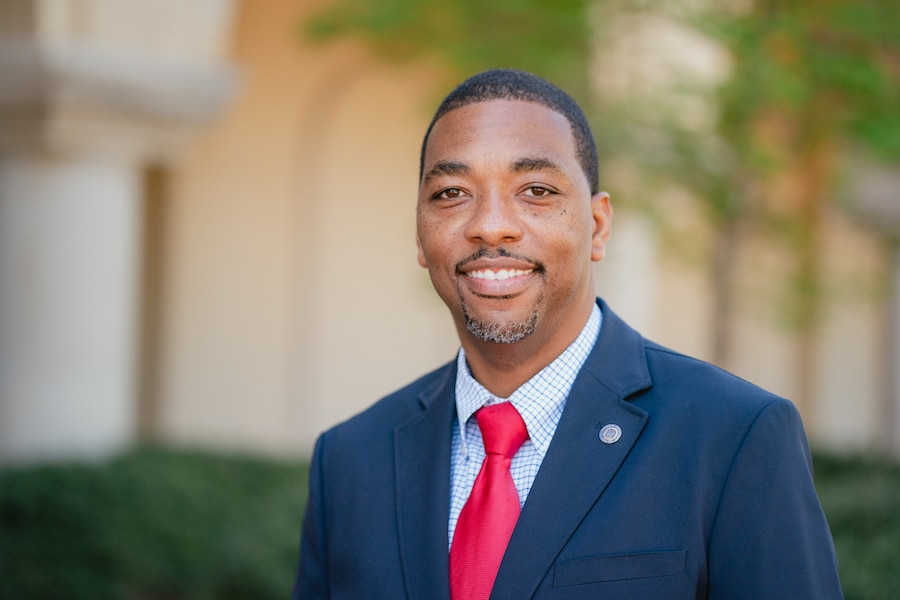EULESS?Biblical and extra-biblical evidence shows the claims of the blockbuster book “The Da Vinci Code” are purely fiction, despite subtle suggestions by the author that he has mined the truth about the historical Jesus.
That’s one of the messages Carlos Fernandez Silva of FaithSearch, a Chaska, Minn., Christian apologetics ministry, is spreading to Hispanics in the United States and Latin America.
Silva brought his message about “The Da Vinci Code” to about 35 participants in a workshop during the Hispanic Session of the Empower Evangelism Conference Feb. 6 at First Baptist Church of Euless.
The book’s author, Dan Brown, has written “The Da Vinci Code” in a way that combines history with fiction and leaves unwitting readers struggling to parse the truth, Silva said.
The story portrays Jesus as married to Mary Magdalene, whom he plans to install as leader of the church. The couple has a son and Mary and the child flee after the crucifixion. From Jesus and Mary Magdalene a line of European royalty is produced, according to the book. Over the centuries an elite group that included famed painter Leonardo Da Vinci guards the secret.
The book contains numerous and noteworthy fallacies, Silva told conference participants. Aside from the claims of a married Jesus, the book asserts that the early church did not view Jesus as God and the Scripture as infallible until 325 A.D. when the Roman emperor Constantine convened the Council of Nicea, which produced the Nicene Creed.
Brown claims the Nicene Council sought to canonize an infallible Bible and proclaim Jesus as divine to increase the power and riches of Rome.
As Silva noted, history shows the early church fathers referred numerous times to New Testament passages in their own writings. For example, Clement, a pastor in Rome writing in A.D. 96, cites 11 different books from the 27 that Christians view as the New Testament. Additionally, Ignatius, writing in A.D. 110, cites 24 New Testament books. And in 2 Peter 3:15-16, Peter cites Paul’s letters among “the rest of the Scriptures.”
In fact, there was general agreement, based on extra-biblical sources, about the New Testament canon 200 years before Nicea, Silva said.
Moreover, the basis of the flourishing early church was the deity and resurrection of Jesus, Silva added.
What history does show is that the Nicene Creed?in response to heretical views spread by Arius of Alexandria?helped clearly state what the Scriptures teach about God as eternally Father, Son and Holy Spirit. It did not invent Jesus as God; the early church believed in the deity of Jesus from the resurrection on, Silva stated. Furthermore, archaeology and extra-biblical writings attest to this, he said.
Silva said a Spanish language version of the book “Breaking The Da Vinci Code” by Dallas Theological Seminary professor Darrell L. Bock is now available.
Later this year “The Da Vinci Code” will hit the big screen in a movie starring Tom Hanks.
The Hispanic Session included a Feb. 5 rally that drew around 550 people to Primera Iglesia Bautista in Garland. Sessions on Feb. 6 included a series of morning seminars that drew 180 people and an afternoon worship service that exceeded 230, said Mike Gonzales, Hispanic Initiative director.














